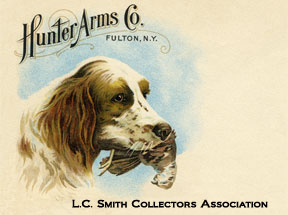|
If purchased or received second hand, no one can know what loads were previously used in the gun, or what mishaps/abuse it may have experienced in the past. For that reason, prudence would dictate having ANY vintage gun checked by a double gun specialist smith. A full evaluation should include the locking mechanism, the sears and safety (to avoid any possibility of accidental discharge), evidence of previous barrel or chamber modifications, and barrel integrity: wall thickness, deep pits, bulges, or dents. This careful examination can not be undertaken "long distance" on an internet forum or at the local gun club.
If in the opinion of a qualified smith, and the shooter, the gun is judged to be mechanically sound and the barrels are without defect, the gun should be safe to shoot WITH SHELLS FOR WHICH IT WAS ORIGINALLY INTENDED. Please see this FAQ on Loads.
You may certainly choose to risk your fingers and vision using shells FOR WHICH THE GUN WAS NOT DESIGNED.
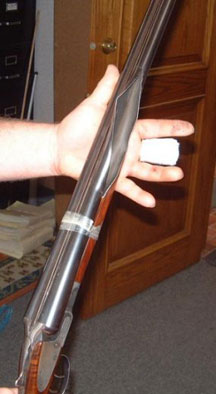
These wonderful guns were made to be used and enjoyed, and it is the desire of the LCSCA that they be used SAFELY. Please also remember to use eye and ear protection-we only get one set of each.
Human error, however, is responsible for the majority of gun blow-ups.
This c. 1930 Specialty Grade barrel rupture was likely caused by an obstruction in the bore.
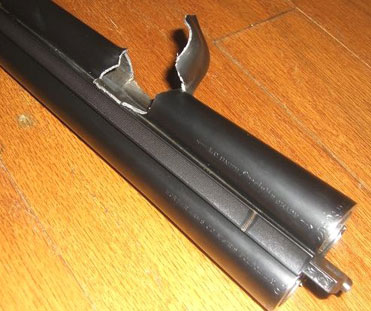
A double powder charge reload.
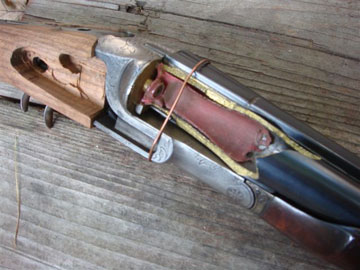
This chamber blow-out was caused by an overpressure handload and the home gunsmith who attempted to extend the chamber and lengthen the forcing cones, leaving deep tool marks in the dangerously thin barrel.
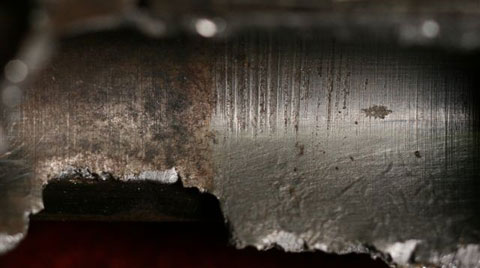
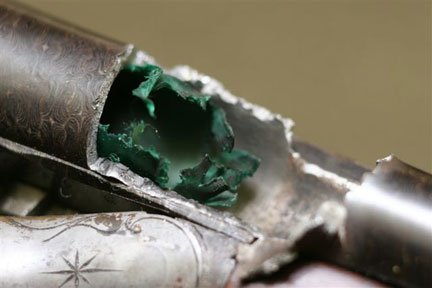
COPYRIGHT
L.C. Smith Collectors
Association 2015
Updated 02/17/2015
|

